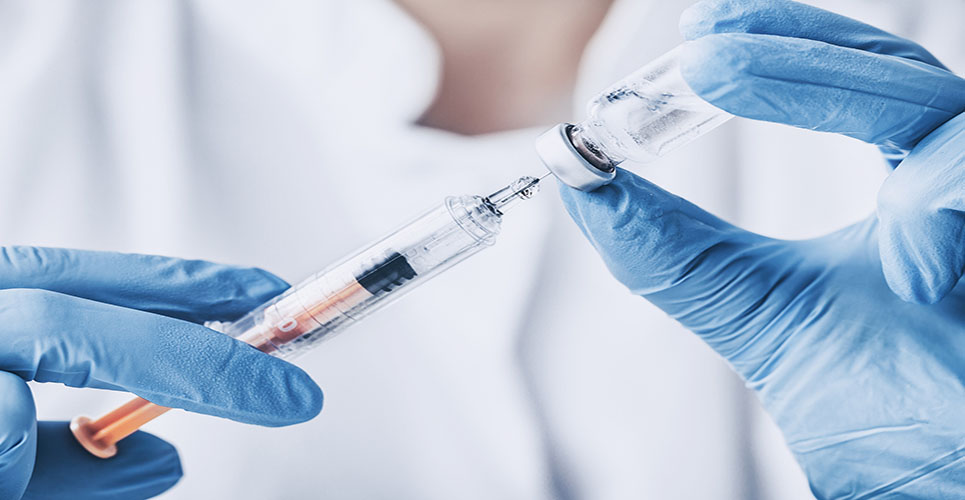A new kind of syringe has been developed by scientists that is formed solely of light and allows insoluble compounds such as genes and drugs to be injected into individual cells.
The new technique, created in a joint venture between the University of St Andrews’ Schools of Physics & Astronomy and Biology, relies on a method called “photoporation”.
Professor Kishan Dholakia, one of the lead researchers, commented: “This method has, to date, been hampered as it was necessary to focus the laser beam to a very precise and extremely small point at the cell surface – a place hard to locate.
“However, our novel technique uses a laser beam shape that does not spread: it stays narrow and elongated.”
Fellow researcher Dr Frank Gunn-Moore agreed: “The new form of laser has the ability to target any part of a cell without the need for exact focusing and is not stopped by objects placed in its way.”
It is hoped that the discovery will give scientists the potential to treat specific diseases and to help in the development of new drugs.
Copyright Press Association 2008

